A Heart-First Approach to Classroom Newcomers
One of my favorite lessons to help students develop critical thinking skills is the Photo Analysis Learning Activity from the Facing History and Ourselves program. You can use this strategy with any visual media – a piece of art, photograph, political cartoon, video clip – even a family picture.
During this activity, you are simply guiding students through a close analysis of an image. I encourage discussion by asking students high order thinking questions while they’re analyzing the image.
So, let’s analyze and respond to the picture below (click to enlarge). What do you notice? What happened before this scene? What might happen after? What does the photograph tell you about the life of these people? If you could ask them a question, what would you ask?
Let me share with you a little bit about this image. As matter of fact, I can answer every single question you may have about this image. This picture was taken on Sunday, January 23rd, 1994 in Mexico City. I know this because I am in this picture along with my two younger sisters.
I was 15 years old and we were on our way to the United States to reunite with our mother. There was so much fear coupled with so much excitement as we were getting ready to take the plane and fly to New York City.
Fear of the unknown. Eager for a new life.
You see, we had been away from our mother for almost two years. It was in January 1992 when my mother decided to leave Guatemala and come to the USA. I stayed in Guatemala with my siblings. I was 13 years old and the oldest of five children.
My mother sent money for us to build a shack in a neighbor’s backyard. We equipped it with the essentials for survival. It was very hard for all of us to be separated. It was hard for my mother to be away from her children. It was harder for us to try to survive without a mom at home.
The Long Journey
For almost two years my mother was able to supply our needs. We had food, shelter, clothing, toys – but we didn’t have her.
Somehow doors began to open and in November 1993 my little brother and sister’s dad was able to bring them to the US and they were reunited with mom in a matter of days. My other two sisters and I were picked up by total strangers who had given their word to take us all the way to New York City to see our mother.
The journey for me and my younger sisters, however, took two months. Two months traveling through Guatemala and Mexico by bus, car, taxi, and train and unable to communicate with anyone.
The picture you analyzed at the top of this post doesn’t really demonstrate our fear. You can’t see through our eyes how our hearts felt. You can’t even imagine what’s going through our minds in that photo. But we were finally heading to a place where we could start again. A place with a promise for a new life – The United States of America.
Coming to America
January 1994 we were all enrolled in school in New York. I was placed in the 9th grade even though I had only completed the 6th grade in Guatemala.
I was thrilled to be in school! I was enrolled in several classes, but English as a Second Language (ESL) classes are the ones I remember the most. These were classes where I felt so relieved and able to communicate with peers who were also learning ESL.
The realization of needing 42 credits to graduate high school sparked within me the enthusiasm to embrace all the opportunities available to complete the requirements. In just a year and a half, I placed out of the ESL program which allowed me to enroll in core courses to begin earning credits for graduation.
By the end of my senior year, I had obtained 42 credits for graduation and completed every state requirement with the exception of the Regents examination in American History. I took it twice, once in English and once in Spanish. Unsuccessful in my attempts to complete this final requirement, I became part of our Latino high school dropout history.
For several years, I worked as a cashier. I lived years doubting my own learning abilities and passion. I lived a shattered life until I realized my potential and decided to get back up. If you want to learn more about my journey from teaching assistant and bus driver to our county’s teacher of the year, follow this link to my personal blog.
The Newcomers in YOUR Classroom
I share my story with you because chances are you already have or will have a newcomer student in your classroom. I hope my perspective and guidance will be of value as you help these students be productive citizens and life-long learners.
Undoubtedly, the first thing you’ll think about when a newcomer enters your classroom is “What resources do I need to support my student?” But what if I told you that what your newcomer needs most from day one – even more than cognitive support – is sociocultural support that reaches their heart.
I’m not suggesting you neglect your student’s academic learning process, but your first priority should be immediately creating a comfortable environment where students feel safe. If you need to read more about Sociocultural Theories and Cognitive Theories, this article is a fantastic resource.
Remember These 4 Sociocultural Benefits
Acculturation
When we confront a new and unfamiliar culture or way of life, we experience what is called culture shock. This can evoke a feeling of frustration and disorientation. However, creating a safe environment and providing a positive classroom experience opens up opportunities to remove cultural barriers.
This is imperative because cultural barriers are considered traditions that become hurdles in learning the language and understanding academic content. Newcomers need opportunities to adjust to the new culture. This process is called acculturation.
Affective Filter
Your focus on sociocultural support will also remove any frustration and lower any anxiety students may have. Students will be happy and motivated to take risks and have more self-confidence. This article, The First Days: Engaging Newcomer ELLs in the Classroom Community, provides great techniques to support newcomers on their first days.
Home Language
It’s essential to understand the role that first language plays in social, academic, and cognitive development. Your newcomer should know that his/her language is accepted and valued. If your student realizes that the classroom has no room for his/her home language, subtractive bilingualism occurs and that is dangerous and has negative effects.
Provide plenty of opportunities for students to read, write, speak, and listen to their home language. Use their language as the foundation for learning. Your objective from the very beginning should be finding ways to engage the student even if it’s using the language they’re most comfortable with.
Assets
Lastly, your emphasis on the sociocultural will tap into your student’s “funds of knowledge” accumulated from their own background and life experiences. These have been called hidden family resources. Once you’ve created a safe place for students, they will be comfortable to share their experiences with you and the class. These experiences that our newcomers bring are highly influential and need to be taken into account.
Provide opportunities for students to share their stories – stories that serve as windows to a world perhaps you and the rest of the class are unaware of. It won’t take you long to realize your student’s potential and passion for what they are capable of doing.
Tap into their dreams and aspirations and you will link them to their full learning potential.
________________
Astrid Emily Francis was born in Guatemala and came to the United States at the age of 15. She teaches English Learners at Concord High School in Concord NC, serving students in grades 9-12 at various English proficiency levels. She earned a BA in Spanish and an MAT in teaching ESL from the University of North Carolina-Charlotte.
Emily has served as a professional development facilitator, a motivational speaker for newly hired teachers, an ESL PLC co-lead, and was Teacher of the Year for Cabarrus County in 2016. She’s also a member of Teaching Channel’s Fab Five ELL Squad. Visit her blog Inspiring English Language Learners and follow her on Twitter @emilyfranESL

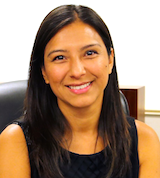
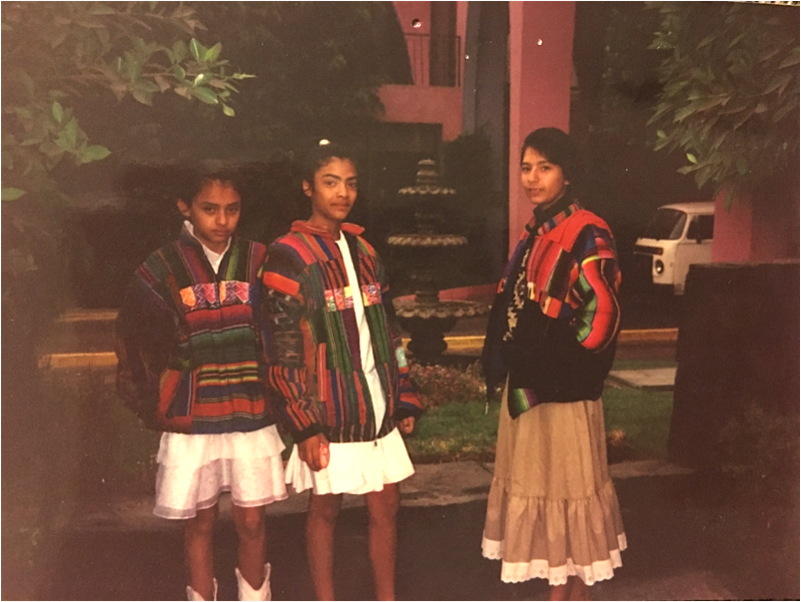
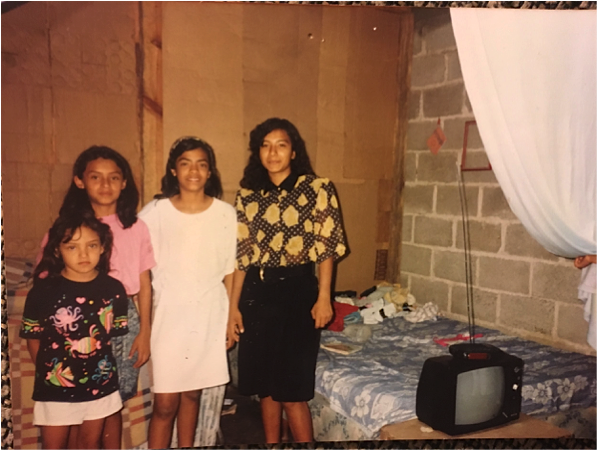
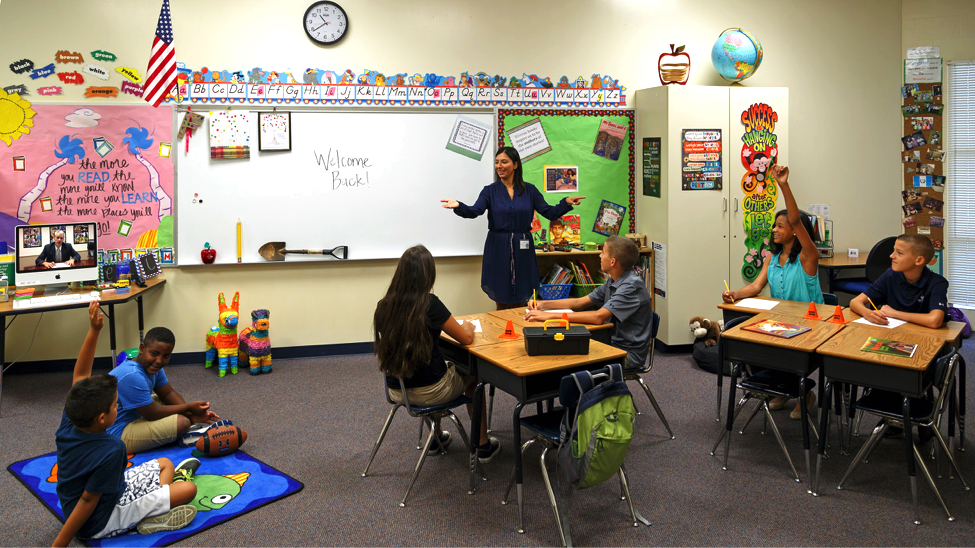

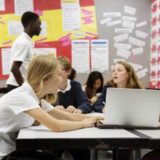











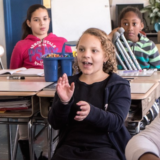


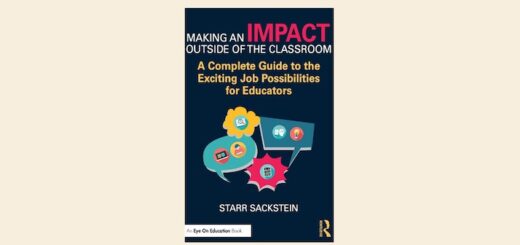
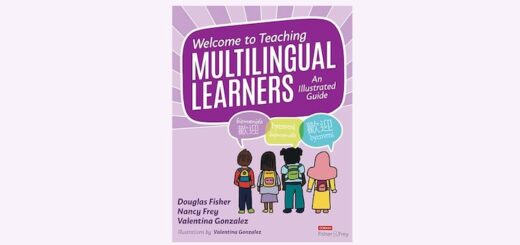
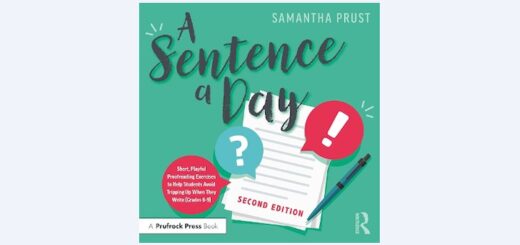
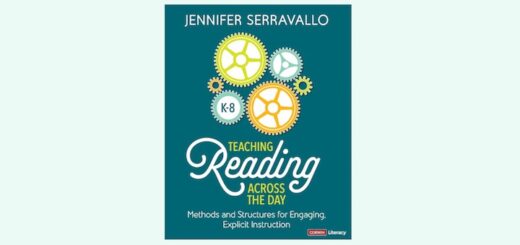
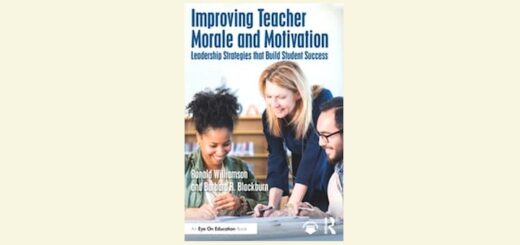

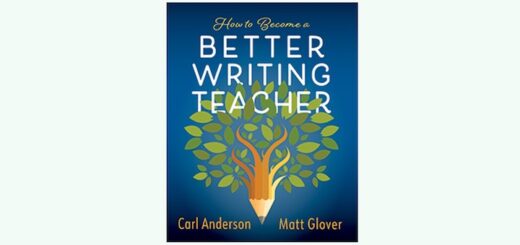
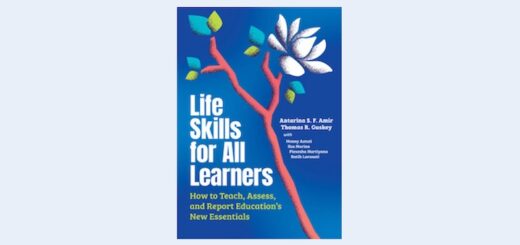

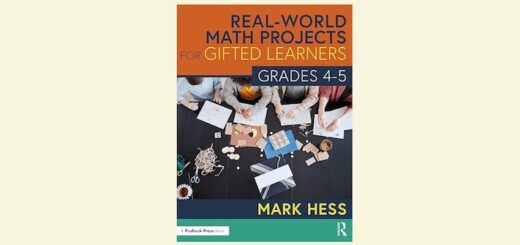
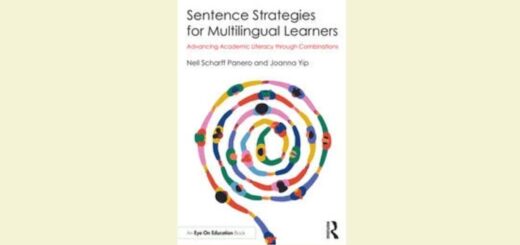
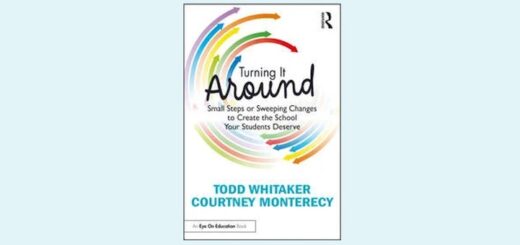
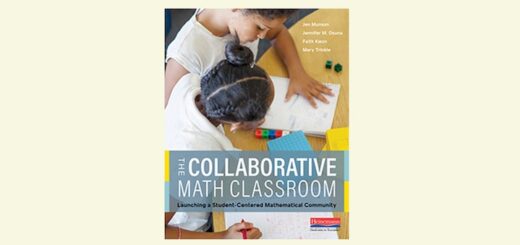
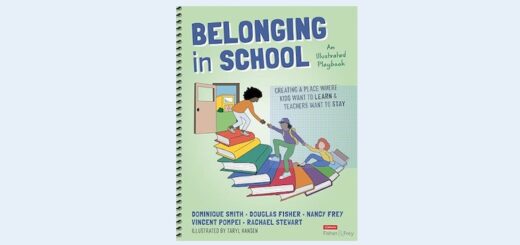
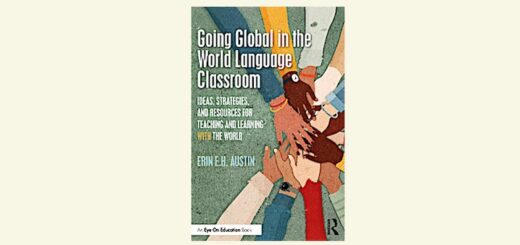
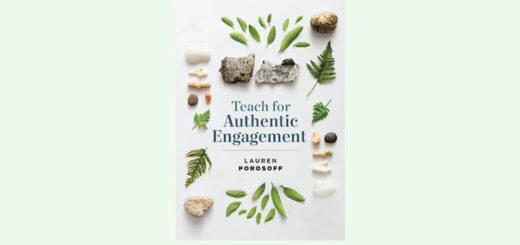
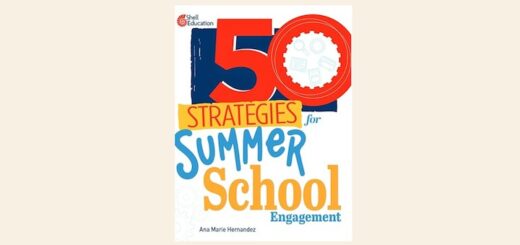
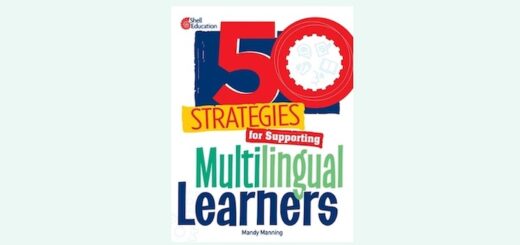
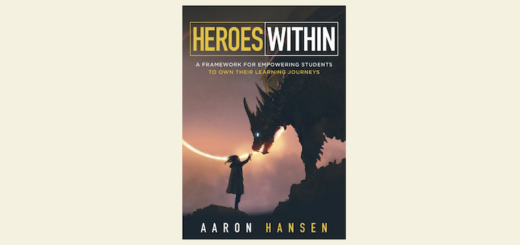
My Civics students are studying Citizenship and your post was very helpful! Thanks
Thanks for all of you work!